The year 2025 is a special milestone, commemorating the 40th anniversary of the establishment of the National Committee for the Man and Biosphere Program of Vietnam (MAB Vietnam) (1985-2025) and the 25th anniversary of the formation and development of the Network of 11 World Biosphere Reserves (WBRs) of Vietnam (2000-2025).
Since the first IBD was recognized as the Can Gio Mangrove Forest IBD in 2000, through many difficulties and challenges, MAB Vietnam has always accompanied IBDs in the effort to promote nature conservation in harmony with socio -economic development and preservation of cultural values.
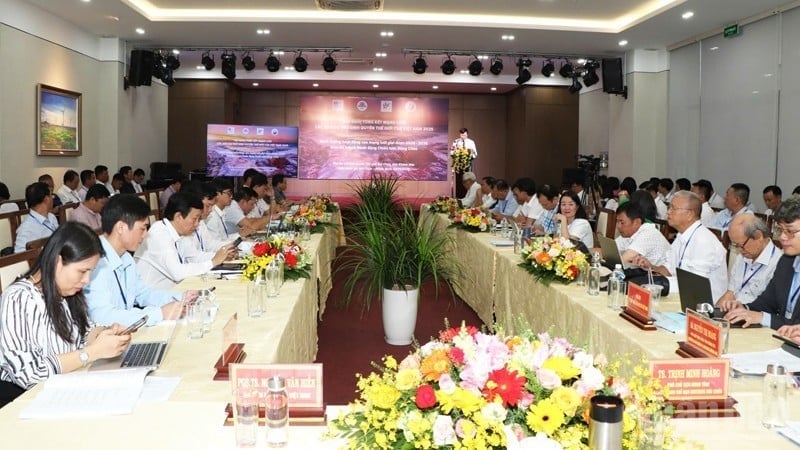
Overview of the Vietnam World Biosphere Reserve Network 2025 Summary Conference, November 3, 2025. Photo: Nhan Dan Newspaper.
Up to now, the Vietnam International Trade Promotion Network has developed rapidly with 11 international trade promotion centers stretching from North to South. The achievements in recent times not only affirm the position of the Vietnam International Trade Promotion Network in the region and the world, but also contribute to realizing the country's sustainable development goals.
On November 3, 2025, the National Committee of the Man and Biosphere Program of Vietnam (MAB Vietnam) coordinated with the Steering Committee of Nui Chua World Biosphere Reserve, Khanh Hoa province to organize the Conference to summarize the Network of World Biosphere Reserves of Vietnam in 2025 - Orientation of network activities for the period 2026-2035 according to the Hangzhou Strategic Action Plan at Nui Chua World Biosphere Reserve.
The conference was attended by more than 100 delegates from ministries, sectors, international economic organizations, provincial and municipal People's Committees, departments, sectors, enterprises, organizations, research institutes, press and media agencies.
In particular, the conference was attended by Dr. Trinh Minh Hoang - Vice Chairman of Khanh Hoa Provincial People's Committee and Head of the Steering Committee of Nui Chua World Biosphere Reserve; Associate Professor, Dr. Nguyen Van Hien - Chairman of MAB Vietnam; Ms. Nguyen Thi Hoang - Vice Chairman of Dong Nai Provincial People's Committee and Head of the Management Board of Dong Nai World Biosphere Reserve; representatives of the Ministry of Agriculture and Environment, the Vietnam National Commission for UNESCO (Ministry of Foreign Affairs), organizations such as IUCN, FFI, Institute of Advanced Technology, Center for Nature Conservation and Development and many scientists.
The conference emphasized the role of Vietnam's IBRs in performing the functions of nature conservation and biodiversity - sustainable socio-economic development in harmony with environmental protection and supporting research and education for sustainable development, as well as agreed on the integration and mainstreaming of the Hangzhou IBR in the coming period, focusing on biodiversity, science and education topics; optimizing partnerships and financing for IBRs; promoting participation and contribution to global, regional and thematic networks; enhancing the role of indigenous peoples and local communities, women and youth in IBRs.
The conference highlighted the importance of the Hangzhou Master Plan (2026-2035) which identifies the role of BSRs as hubs for implementing the global vision of sustainable development in the context of increasingly complex environmental and social challenges.
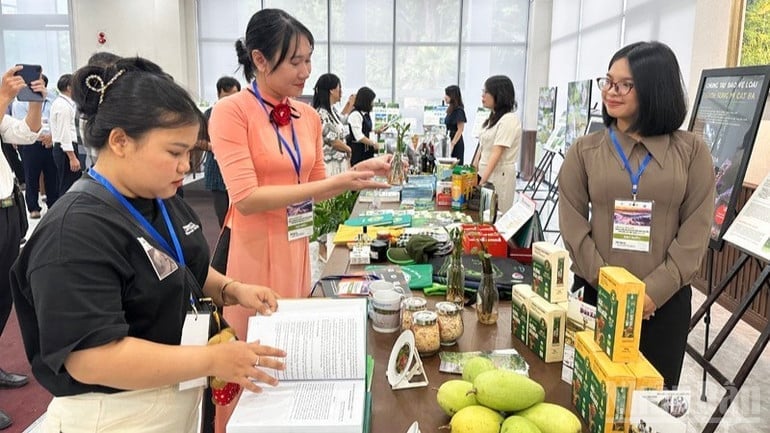
Delegates visit the exhibition space displaying documents and products of 11 world biosphere reserves of Vietnam at the conference. Photo: Nhan Dan Newspaper.
This plan inherits the MAB Strategy 2015-2025 and the Lima Action Plan, and is closely linked to the Kunming-Montreal Global Biodiversity Framework and the 2030 Agenda, emphasizing the MAB Programme’s mission of harmonizing the relationship between people and nature through the three-functional management model of the Biosphere Reserve. With a vision towards a world where people live in harmony with nature, the plan promotes the values of generational equity and social-ecological cohesion.
Three major objectives were identified: contributing to the implementation of multilateral environmental agreements and the Sustainable Development Goals (SDGs); strengthening the capacity and resources of MAB and the KDTSQ network; and promoting research and knowledge sharing.
Thus, in the coming period, Vietnam's IBDs need to actively and appropriately integrate and incorporate the action goals of the Hangzhou IBD. MAB Vietnam believes that with the consensus and efforts of all 11 IBDs, Vietnam will successfully implement the Hangzhou IBD, consolidate Vietnam's position in the IBD Network and make practical contributions to the goal of "Living in harmony with Nature".
Source: https://nongnghiepmoitruong.vn/mab-viet-nam--40-nam-dong-hanh-va-ho-tro-mang-luoi-cac-khu-du-tru-sinh-quyen-the-gioi-d782083.html




![[Photo] Closing of the 14th Conference of the 13th Party Central Committee](https://vphoto.vietnam.vn/thumb/1200x675/vietnam/resource/IMAGE/2025/11/06/1762404919012_a1-bnd-5975-5183-jpg.webp)

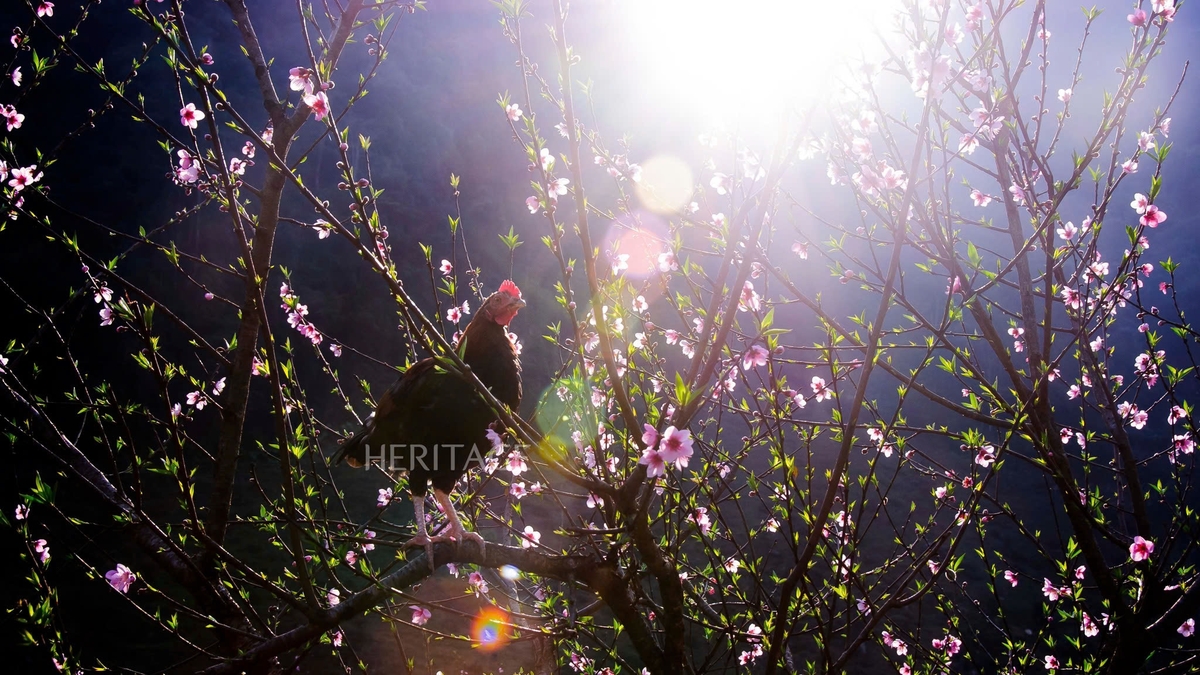



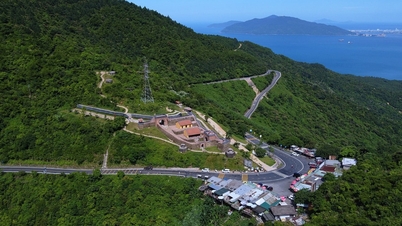

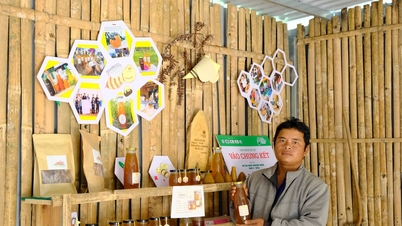

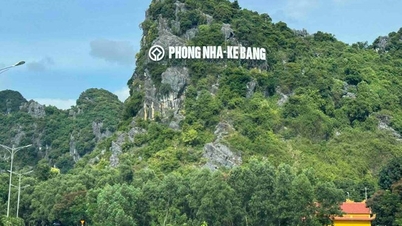

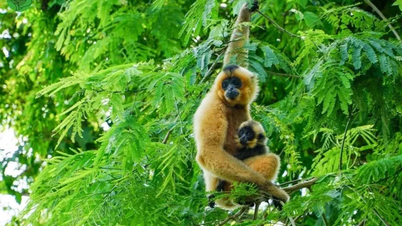







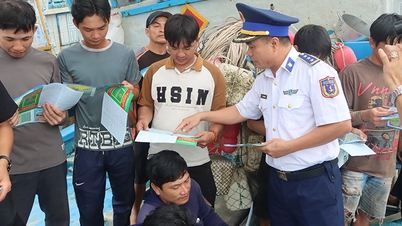







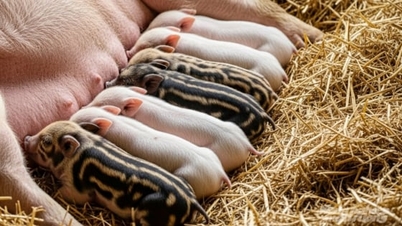



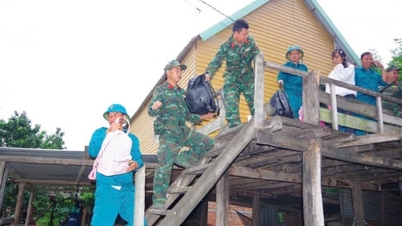


















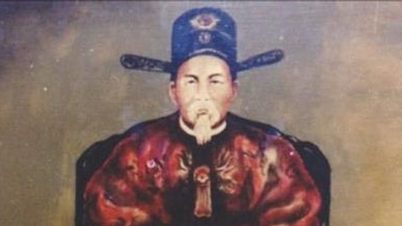









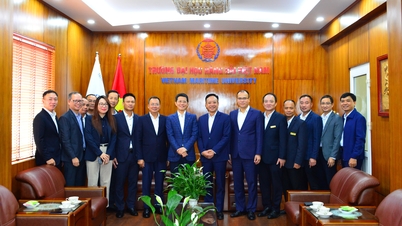
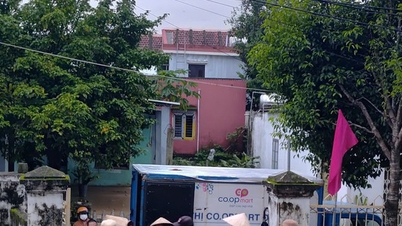
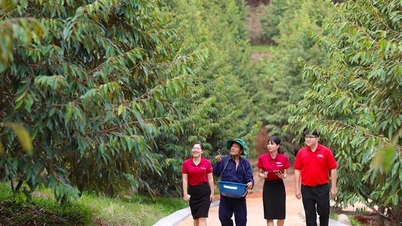








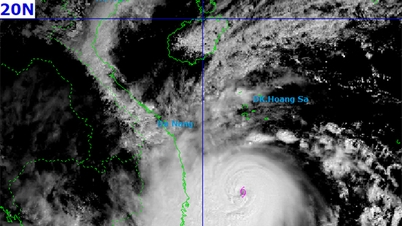




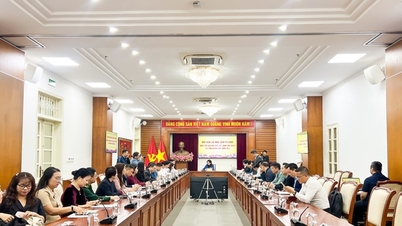






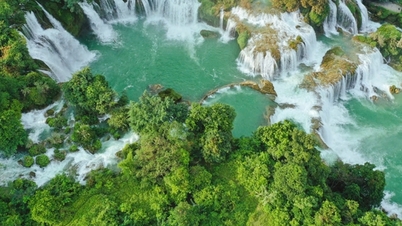


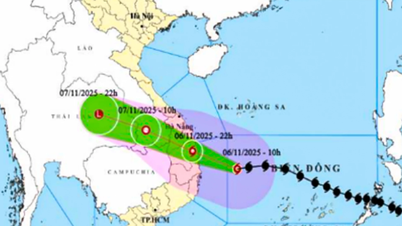

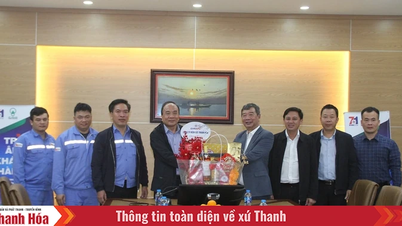

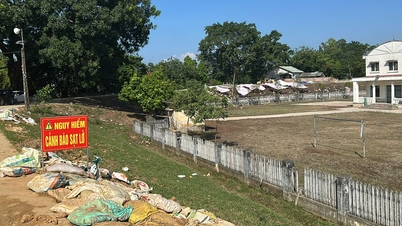





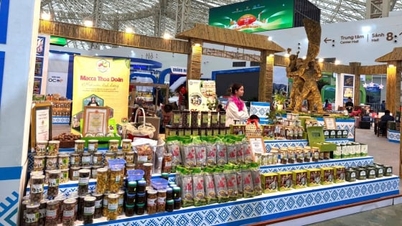











Comment (0)